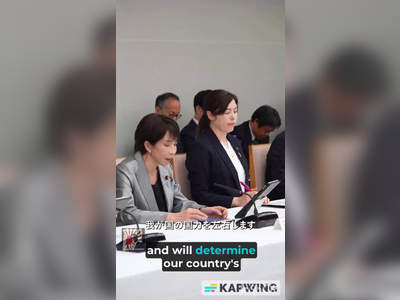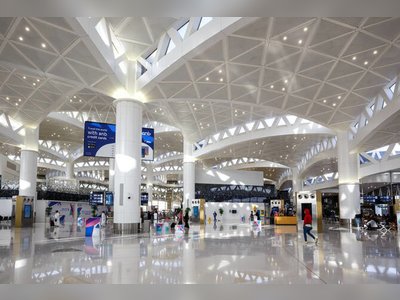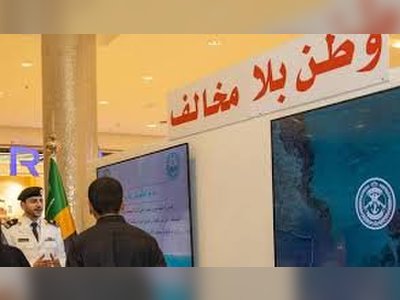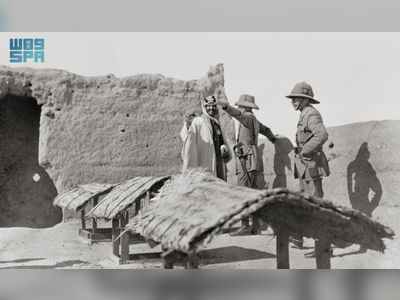
Gaza Ceasefire Prompts Return Amidst Devastation as Aid Efforts Accelerate
Palestinians return to ravaged homes following Israel-Hamas ceasefire; aid delivery efforts intensify with UN and international involvement.
In the wake of a ceasefire agreement between Israel and Hamas, Palestinians in Gaza have begun returning to their homes, only to find widespread destruction.
The ceasefire, which follows over a year of conflict, has brought relative calm, allowing residents to assess the extensive damage in areas like Jabalia, where homes and infrastructure have been devastated.
Drone footage and eyewitness accounts reveal that Jabalia, one of Gaza's largest refugee camps, has been severely impacted by the conflict.
According to the Gaza health ministry, around 4,000 Palestinian lives were lost in this area alone.
As residents navigate through rubble, families like Duaa al-Khalidi's are searching for remains of their missing relatives.
Gaza's infrastructure, including homes, hospitals, and schools, has experienced significant damage, impacting essential services.
In Rafah, near the Egyptian border, residents like Muhammad al-Jamal find their previous homes reduced to debris, with hopes of rebuilding floating amidst the uncertainty of the ceasefire's stability.
Humanitarian aid efforts have surged following the ceasefire, with the United Nations confirming that over 630 aid trucks have entered Gaza through border crossings, including 300 trucks directed to the north of the strip, where the threat of famine looms.
The World Health Organization has expressed readiness to increase aid, prioritizing water, sanitation, and medical supplies.
Despite the influx of aid, the ceasefire's implementation faced challenges, including a delayed start due to continuing Israeli strikes, which reportedly resulted in additional casualties.
The truce marks the initial phase of a broader agreement involving the exchange of prisoners and hostages over the coming weeks.
The Palestinian Authority has announced its preparedness to manage the Gaza Strip, assuming control over essential services and coordinating future reconstruction efforts in collaboration with international partners.
However, the situation remains tense as Hamas police have re-emerged in some areas, displaying a presence that challenges the notion of governance transition.
Meanwhile, the flow of aid continues, with international mediators working to ensure the truce holds and facilitates humanitarian assistance.
As Gaza residents grapple with their losses and the arduous task of rebuilding, organizations and countries involved in the ceasefire negotiations, including Egypt and Qatar, stress the need for cooperation to maintain peace and provide necessary relief to those affected.
The ceasefire, which follows over a year of conflict, has brought relative calm, allowing residents to assess the extensive damage in areas like Jabalia, where homes and infrastructure have been devastated.
Drone footage and eyewitness accounts reveal that Jabalia, one of Gaza's largest refugee camps, has been severely impacted by the conflict.
According to the Gaza health ministry, around 4,000 Palestinian lives were lost in this area alone.
As residents navigate through rubble, families like Duaa al-Khalidi's are searching for remains of their missing relatives.
Gaza's infrastructure, including homes, hospitals, and schools, has experienced significant damage, impacting essential services.
In Rafah, near the Egyptian border, residents like Muhammad al-Jamal find their previous homes reduced to debris, with hopes of rebuilding floating amidst the uncertainty of the ceasefire's stability.
Humanitarian aid efforts have surged following the ceasefire, with the United Nations confirming that over 630 aid trucks have entered Gaza through border crossings, including 300 trucks directed to the north of the strip, where the threat of famine looms.
The World Health Organization has expressed readiness to increase aid, prioritizing water, sanitation, and medical supplies.
Despite the influx of aid, the ceasefire's implementation faced challenges, including a delayed start due to continuing Israeli strikes, which reportedly resulted in additional casualties.
The truce marks the initial phase of a broader agreement involving the exchange of prisoners and hostages over the coming weeks.
The Palestinian Authority has announced its preparedness to manage the Gaza Strip, assuming control over essential services and coordinating future reconstruction efforts in collaboration with international partners.
However, the situation remains tense as Hamas police have re-emerged in some areas, displaying a presence that challenges the notion of governance transition.
Meanwhile, the flow of aid continues, with international mediators working to ensure the truce holds and facilitates humanitarian assistance.
As Gaza residents grapple with their losses and the arduous task of rebuilding, organizations and countries involved in the ceasefire negotiations, including Egypt and Qatar, stress the need for cooperation to maintain peace and provide necessary relief to those affected.











